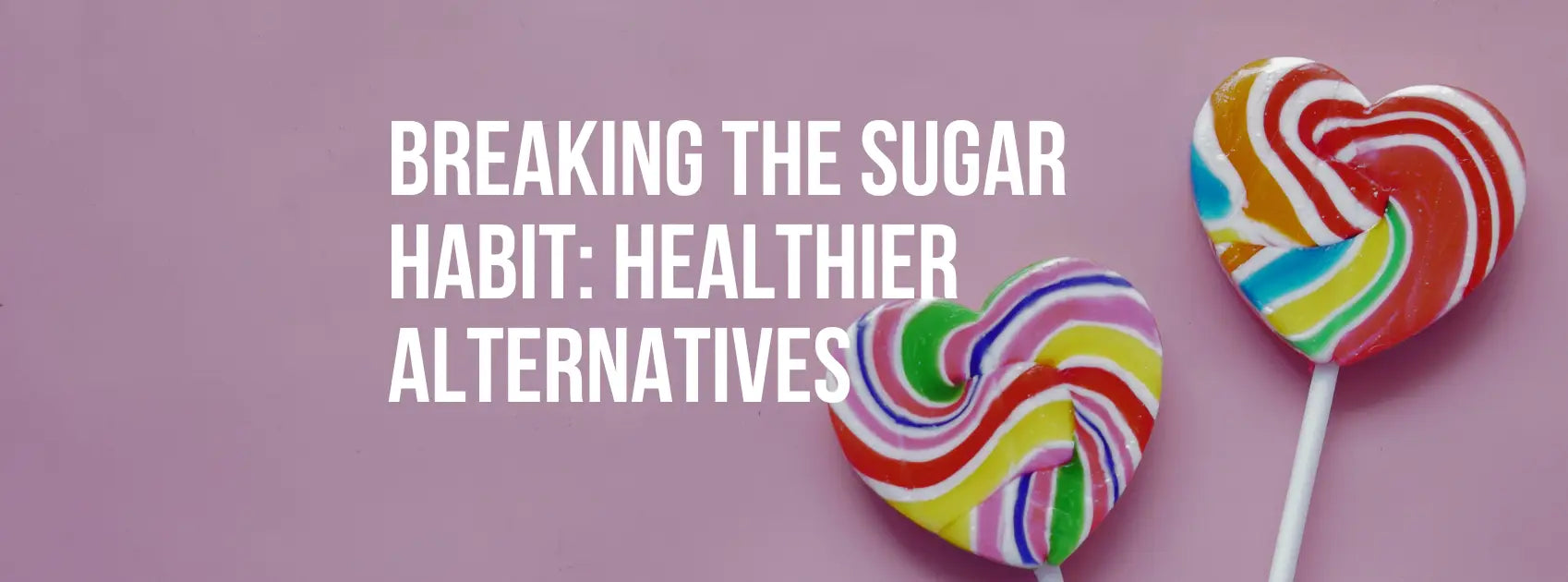
Breaking the Sugar Habit: Healthier Alternatives and Long-Term Benefits
Sugar is everywhere. It’s in the obvious places like cakes, candy, and soda, but also hiding in things you wouldn’t expect, like bread, salad dressing, pasta sauce, and even “healthy” snacks. It’s become so normal that we rarely stop to think about how much we’re really eating… or what it’s doing to our bodies.
The truth is, most of us are eating way more sugar than we realize, and over time, that can take a serious toll on our health. It doesn’t just lead to weight gain; it affects your mood, energy, skin, sleep, and increases your risk of some major health problems down the line.
This blog is here to help you understand the impact of too much sugar, how to clean sugar from your body, and explore healthier, natural alternatives that actually taste good. If you’ve been thinking about breaking the sugar habit but weren’t sure where to start, you’re in the right place.
BM19 temporarily relieves ravenous hunger and discomfort due to being overweight and having unnecessary fat around the belly and other body parts.
What Is Overconsumption of Sugar?
Let’s get one thing straight: not all sugar is “bad.” Your body actually needs some sugar; it's how we get quick energy. The real problem? We're eating way too much of it, and most of it isn't coming from natural sources.
Think about it: how often do you spoon table sugar straight into your mouth? Probably never. But sugar sneaks into our diets in less obvious ways: in cereals, yogurts, sauces, salad dressings, granola bars, and, of course, sodas and desserts. It’s everywhere. And most of the time, we don’t even realize how much we’re having in a single day.
There are two main types of sugar to know:
-
Natural sugars, like those found in fruits (fructose) and dairy (lactose), which come with fiber, vitamins, and other nutrients.
-
Added sugars, which are dumped into processed foods during manufacturing to make them sweeter and more addictive. These are the ones causing problems.
According to the American Heart Association, the recommended limit is about 25 grams (6 teaspoons) of added sugar per day for women and 36 grams (9 teaspoons) for men. But the average adult eats nearly three times that amount. Kids? Even worse.
It’s easy to go overboard. Just one can of soda contains around 39 grams of sugar, which is already more than the daily limit. And that’s not counting the sugar in your morning latte, mid-day snack bar, or that “healthy” store-bought smoothie.
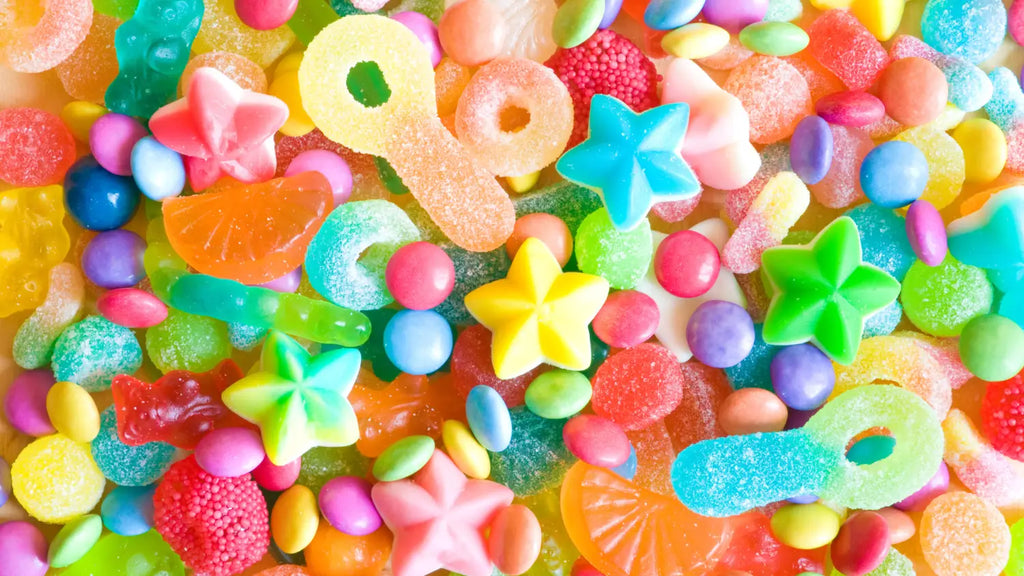
The Consequences of Excess Sugar
It’s tempting to think, “Okay, sure, sugar isn’t great, but how bad can it really be?” The truth? It can be really bad. Sugar isn’t just about empty calories or cavities anymore. Long-term overconsumption has a ripple effect across almost every system in your body.
1. It Messes With Your Weight and Metabolism
Sugar is calorie-dense and nutrient-poor. It spikes your blood sugar fast, which causes your insulin to go into overdrive. Do this day after day, and your body starts storing fat more easily, especially around your belly. Over time, this leads to weight gain and insulin resistance.
2. It’s Hard on Your Heart
Too much sugar can increase blood pressure, raise triglycerides, and cause inflammation; all things that contribute to heart issues.
3. It Can Hijack Your Mood and Brain
You know that sugar high, followed by the crash? That’s real. Sugar affects your brain chemistry. It boosts feel-good chemicals like dopamine, but then drops you flat, which can lead to mood swings, irritability, and fatigue. Over time, it can even increase your risk of depression and anxiety.
There’s also growing research linking high sugar consumption to memory issues and cognitive decline later in life.
4. It Damages Your Skin and Speeds Up Aging
Here’s one for the beauty-conscious: sugar messes with your skin. It increases inflammation, which can trigger acne breakouts. It also accelerates a process called glycation, where sugar attaches to collagen and makes your skin less firm, leading to wrinkles and sagging.
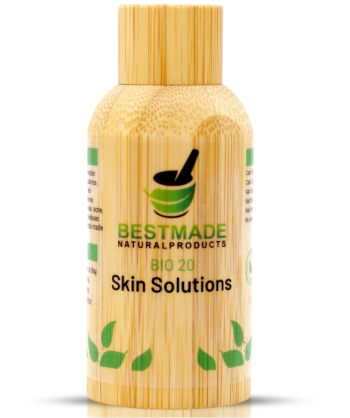
BIO20 temporarily supports healthy cell regeneration and healthy, youthful, and radiant skin. Temporarily relieves skin irritation, dryness, scaly patches, blisters, blemishes, sensitivity, pimples, a flaky and itchy scalp, the appearance of visible marks, and general skin discomfort.
5. It Feeds Inflammation Everywhere
Excess sugar ramps up inflammation in your body, which is a common root of many major health problems like arthritis.
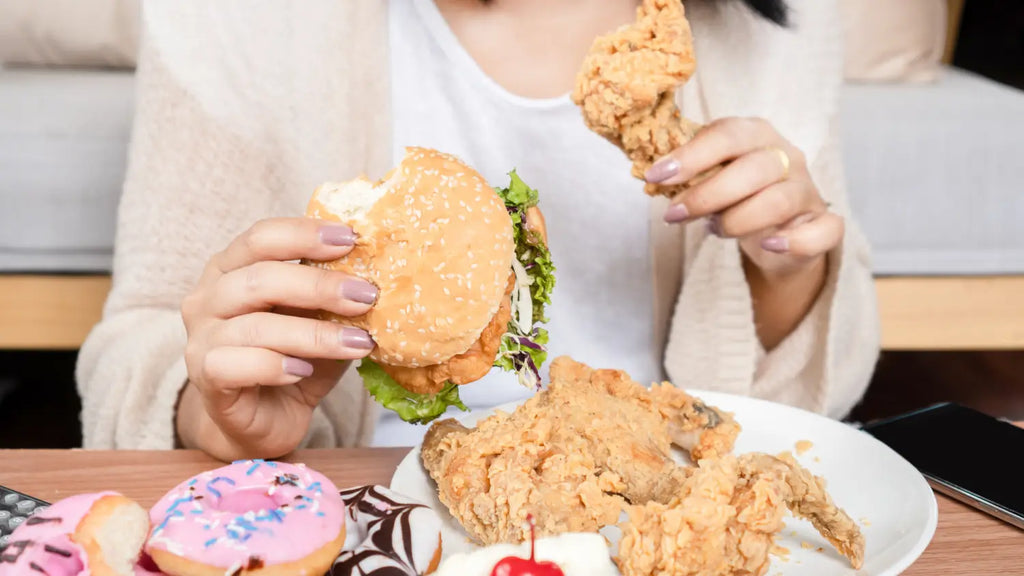
The Sugar Trap: Why It’s Hard to Quit
Here’s the deal: when you eat sugar, your brain lights up. Literally. Sugar triggers the release of dopamine, the same chemical your brain releases when you experience pleasure or reward. The more you eat, the more your brain wants that happy buzz again. Over time, it builds a habit loop. Craving → eating → reward → repeat.
Sound familiar?
This is exactly what makes sugar feel addictive. That afternoon cookie or after-dinner ice cream might start out as a treat, but it quickly becomes a regular craving. And because sugar burns through your system so fast, it leaves you crashing: tired, moody, and reaching for another fix.
And let’s not forget the food industry knows this. They spend billions making processed foods that hit the perfect combo of sugar, fat, and salt to keep you coming back. Even “healthy” foods like granola bars, yogurt, or fruit juice are often loaded with added sugar. So you may think you're making good choices and still find yourself caught in the sugar trap.
The result? Even if you try to cut back, cravings hit hard. But your taste buds can reset. And once they do, overly sweet stuff actually starts to taste too sweet. But to get there, you’ve got to break the cycle.
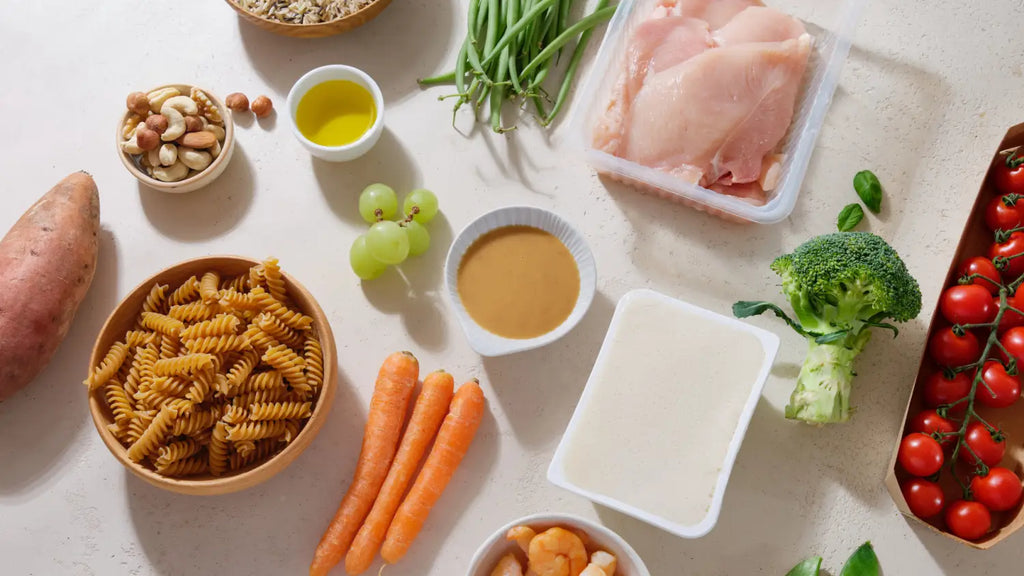
How to Start Cutting Back on Sugar
Removing sugar from the diet cold turkey works for some people, but it’s tough. If you've been eating sugar daily (like most of us), your body will definitely protest at first. You may experience headaches, irritability, and cravings. That’s why a gradual approach often works better. Small shifts can make a big difference over time.
BIO28 temporarily relieves sneezing, dry cough, nasal congestion, tiredness, headaches, and nervous tension. This combination of all twelve cell salts temporarily supports energy, wellness, and the health of your immune system.
The first step is awareness. Sugar is sneaky. It hides under names like sucrose, dextrose, corn syrup, cane juice, maltodextrin, and over 50 other aliases. Get into the habit of checking ingredient labels, especially on things you don’t think are sweet. Bread, ketchup, salad dressings, and even crackers often have added sugars.
Next, start making easy swaps:
-
Ditch sugary drinks. Soda, energy drinks, and even fruit juice are some of the biggest sugar bombs out there. Try switching to water with lemon, herbal tea, or sparkling water with a splash of fruit.
-
Cut down your dessert portions. You don’t have to give up dessert entirely, just reduce the amount. Split it. Share it. Savor it, slowly.
-
Avoid the “low-fat” trap. Low-fat products often have more sugar to make up for the lack of flavor. Full-fat, minimally processed options are usually a better bet and more satisfying.
-
Make your own versions. Homemade smoothies, snacks, and sauces give you control over what goes in. You can sweeten them naturally, or not at all.
One smart move is to focus on adding instead of just taking things away. When you eat more whole, satisfying foods (like proteins, healthy fats, and fiber-rich veggies), you naturally crave less sugar. Your blood sugar stays steadier, and you won’t feel that crazy crash at 3 p.m.
Be patient with yourself. Sugar is everywhere, and breaking the habit takes time. Each small step supports your sugary food detox. And the less sugar you eat, the less you’ll actually want it.
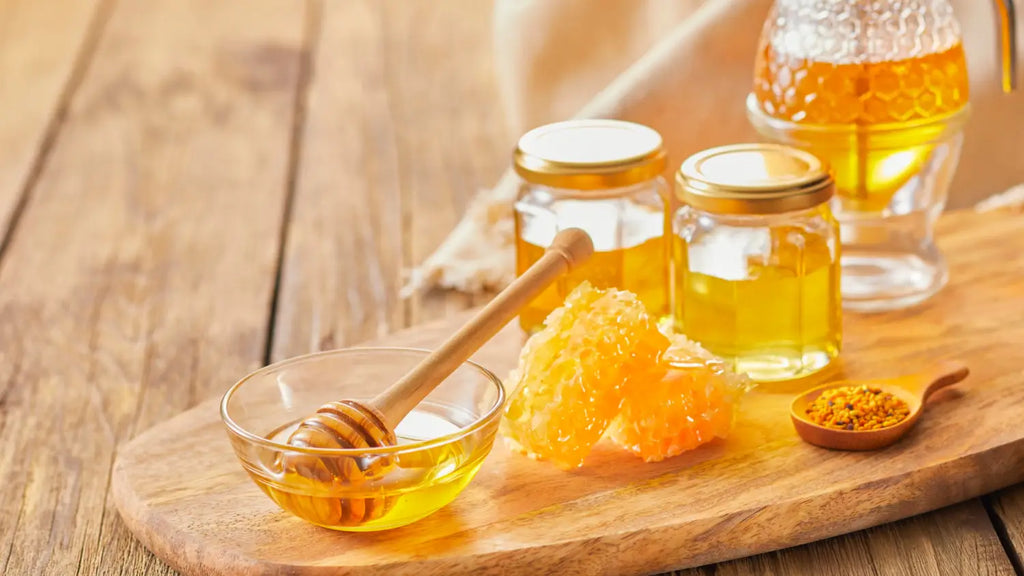
Healthy, Natural Alternatives to Refined Sugar
Now that we’ve talked about cutting back on sugar, the next big question is: What can I use instead?
The key is to reach for natural sweeteners that give you a touch of sweetness without the crash, the cravings, or the overload. Unlike refined white sugar, many of these alternatives come with bonus nutrients, and some are even packed with antioxidants and trace minerals. They’re not “health foods” you can eat endlessly, but they’re definitely better choices in moderation.
Let’s look at a few of the best ones:
Raw Honey
Raw honey is sweet, soothing, anti-inflammatory, and full of enzymes and antioxidants (as long as it hasn’t been pasteurized). A spoonful in tea, yogurt, or baking can go a long way. Just remember: it’s still sugar, so use it mindfully. And don’t give it to babies under 1 year old.
Maple Syrup
Real maple syrup (not the fake stuff with corn syrup) comes straight from tree sap. It has a rich, deep flavor and contains small amounts of minerals like manganese and zinc. Great for baking or drizzling over oatmeal.
Coconut Sugar
This one’s made from the sap of coconut palms. It doesn’t taste like coconut, but more like brown sugar with a caramel note. Coconut sugar has a lower glycemic index than regular sugar, which means it doesn’t spike your blood sugar as quickly.
Dates and Date Syrup
Dates are sweet, chewy, and loaded with fiber, potassium, and magnesium. You can blend them into smoothies, use them to sweeten baked goods, or buy date syrup for an easy liquid sweetener option.
Fruit as Sweetener
This one’s simple but often overlooked: just use whole fruits! Mashed bananas, applesauce, and pureed berries can all naturally sweeten recipes; plus, they add fiber and nutrients. This works especially well in baking and breakfast foods like pancakes, muffins, and oatmeal.
These alternatives are great tools for reducing processed sugar, but natural sweeteners are still sugar. They can spike your blood sugar if you go overboard, and they’re still high in calories. So think of them as better, not unlimited.
And try to prioritize sweetness from whole foods (like fruit) whenever possible. Your body processes them differently because they come with fiber, water, and nutrients that help slow down sugar absorption.
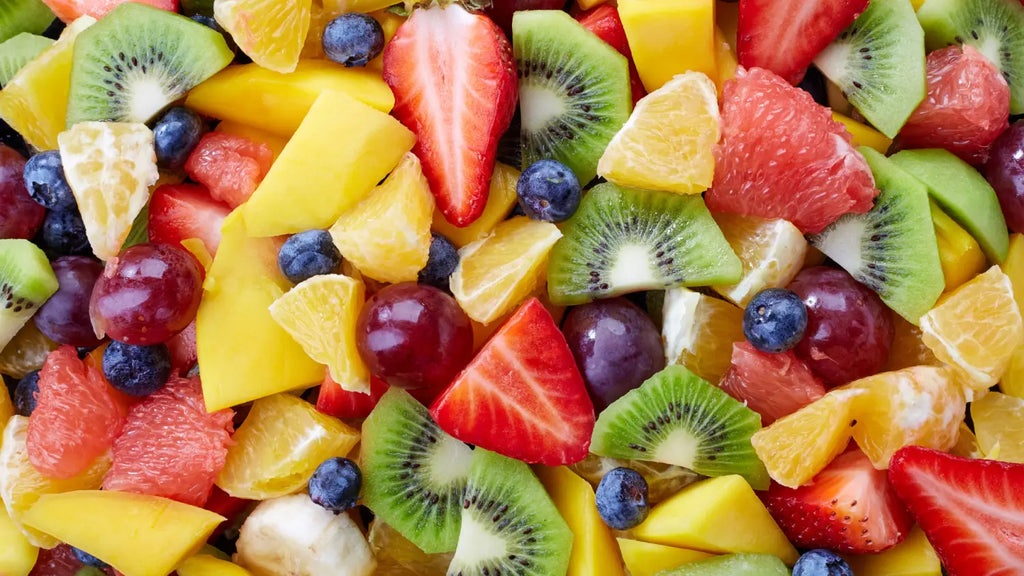
Are Natural Sweeteners Always Better?
While natural sweeteners are a much better choice, they’re not a free pass to go wild.
Your body breaks down all sugars into glucose, and consuming too much (even if it’s raw honey from the local farmers market) can lead to the same issues we talked about earlier: blood sugar spikes, cravings, weight gain, and more.
BM247 temporarily supports metabolic function, appetite suppression, weight loss, and hunger management. Temporarily relieves occasional food and sugar cravings.
What is better about natural sweeteners is what they bring with them. Unlike processed sugar, which is basically just empty calories, natural options often contain:
-
Trace minerals (like iron, potassium, calcium)
-
Antioxidants
-
Anti-inflammatory compounds
-
And in the case of fruit, fiber, which slows down sugar absorption
Plus, they’re less processed. That means fewer chemicals, fewer additives, and often, more flavor.
However, just because something is labeled “organic,” “natural,” or “unrefined” doesn’t mean it’s automatically good for you. Marketing can be tricky like that. Even so-called health foods like “organic agave nectar” or “vegan cookies” can be sugar bombs in disguise.
The real goal is to reset your taste buds so that you don’t need everything to taste super sweet all the time. Once you start breaking the sugar habit, your cravings will shift. A ripe peach or a handful of berries will taste way sweeter than they used to, and that’s when you know your body’s starting to find its balance again.
So yes, natural sweeteners are better. But the real win is learning to enjoy food with less sugar overall.
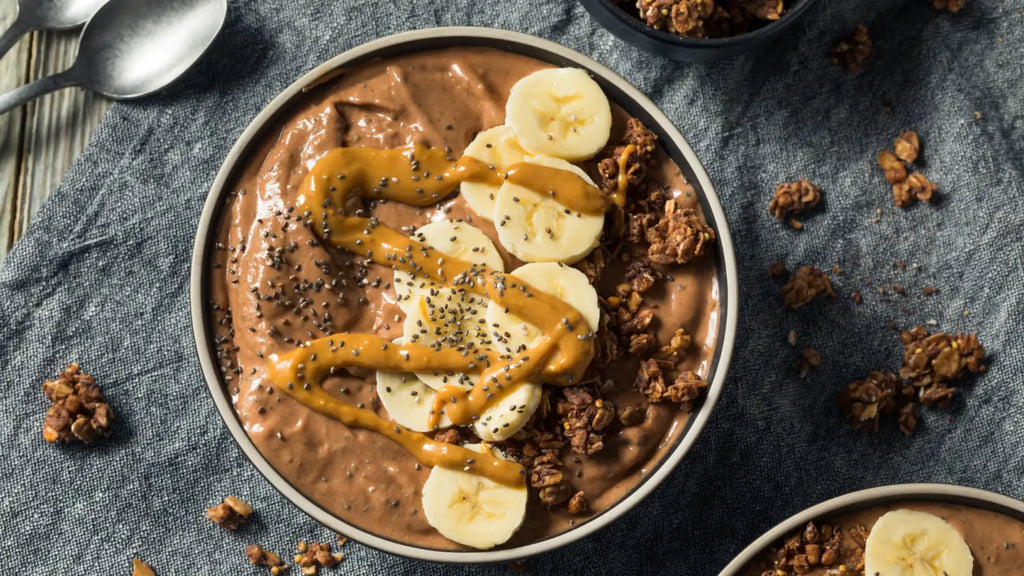
Recipes and Substitution Ideas
Now for the fun part: putting those natural sweeteners to use! You don’t have to be a master chef to have a low-sugar diet. A few simple swaps and easy recipes can go a long way. The key is experimenting with real, whole ingredients and finding what tastes good to you.
Here are a few go-to ideas to get you started:
Sweeten Breakfast Naturally
Instead of pouring sugary cereal or sweetened yogurt into a bowl, try this:
-
Oatmeal with fruit: Cook rolled oats with mashed banana or chopped dates. Top with berries, a drizzle of honey or maple syrup, and a sprinkle of cinnamon. It’s warm, filling, and naturally sweet.
-
Smoothies: Skip the juice base and use whole fruit. Frozen banana, a handful of berries, almond milk, and a spoonful of peanut butter can taste like dessert without added sugar.
Smarter Snacks
Afternoon snacks are where hidden sugars often sneak in: granola bars, flavored yogurts, “healthy” cookies. Try making your own versions:
-
Energy balls: Blend oats, dates, peanut butter, and a little cocoa powder. Roll into balls and chill. Sweet, satisfying, and no added sugar needed.
-
Fruit and nut mix: Dried fruit (in moderation), raw nuts, and coconut flakes make a great on-the-go snack without the crash.
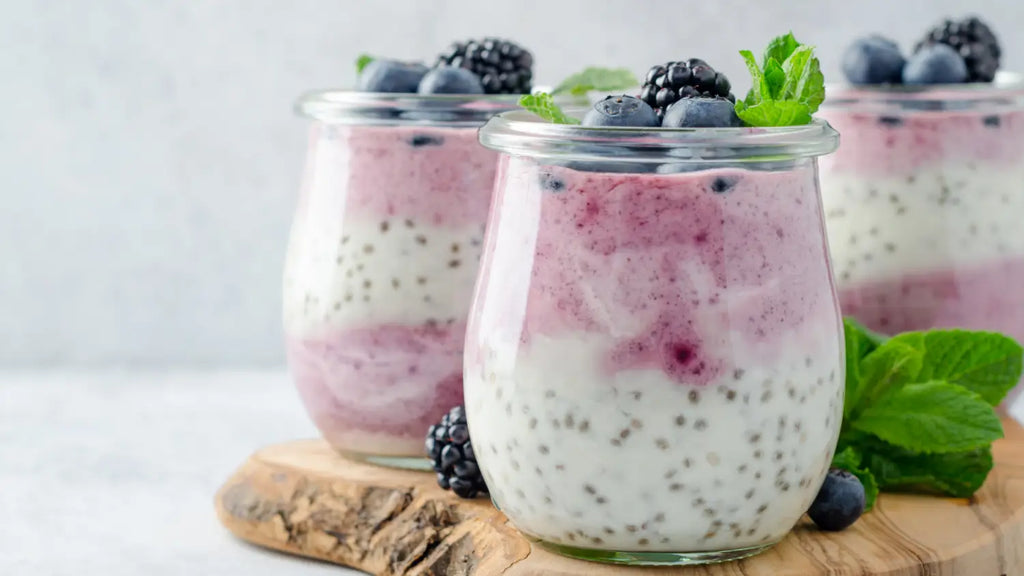
Desserts That Don’t Overdo It
Yes, you can still have dessert. The key is to make it count.
-
Baked goods with swaps: Use mashed bananas, applesauce, or date paste in place of sugar. Many cookie and muffin recipes can be adapted this way.
-
Chia pudding: Mix chia seeds with coconut milk and a splash of maple syrup. Let it sit overnight, then top with berries or mango for a creamy, naturally sweet treat.
-
Dark chocolate: Go for 70% cacao or higher. It’s rich, satisfying, and much lower in sugar than milk chocolate.
Drinks Without the Sugar Rush
Sugary drinks are one of the easiest things to cut, and one of the biggest changes you can make for your health.
-
Instead of soda, try sparkling water with lemon or lime, or a splash of 100% juice.
-
Brew herbal teas and enjoy them hot or iced. Peppermint, hibiscus, or cinnamon tea can have a naturally sweet taste with no sugar at all.

Long-Term Benefits of Cutting Out Sugar
Let’s talk about what happens when you actually do cut back on sugar. Not just for a day or a week, but when you start living with less sugar, long term.
A lot of people say they have more energy during the day. No more crashing at 3 p.m. You feel more stable, less foggy. Your body stops going through those constant sugar highs and lows.
Over time, your taste buds change. What used to taste “normal” suddenly seems way too sweet. You start appreciating the natural sweetness in fruits, vegetables, and even things like roasted nuts or squash. It means you’re no longer dependent on sugar to feel satisfied.
Your skin may clear up, your sleep might improve, and your immune system could even get a boost. High sugar intake is linked to inflammation, which affects almost everything: digestion, joints, skin, and more.
Drops for Restful Nights temporarily support calm and restful sleep.
There are also the emotional benefits of cutting out sugar. A more stable mood, less anxiety, and fewer food cravings control your day. When your blood sugar is steady, your brain functions better. You’re clearer, calmer, and more focused.
And of course, it lowers the risk of severe health conditions in the long term. Your metabolism functions better, and your heart is healthier.

The Bottom Line
Breaking the sugar habit isn’t about perfection; it’s about feeling better, having more control over your cravings, and taking better care of your body.
When you eat less sugar, you start to notice real changes: more steady energy, fewer cravings, clearer thinking, and even better sleep. And when you want a treat, you’ll enjoy it more because it’s a choice, not a habit.
Natural sweeteners and whole foods can still give you the sweetness you enjoy without dragging you into the crash-and-crave cycle. And over time, you’ll find that you actually want less sugar because your body feels better without it.

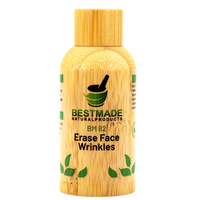
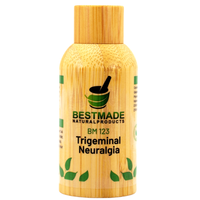
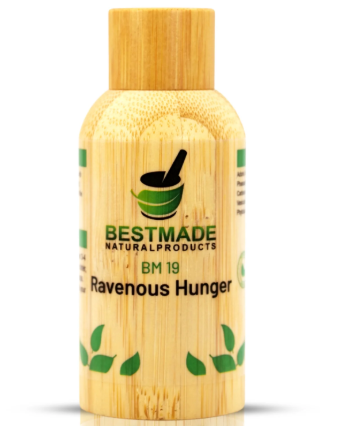

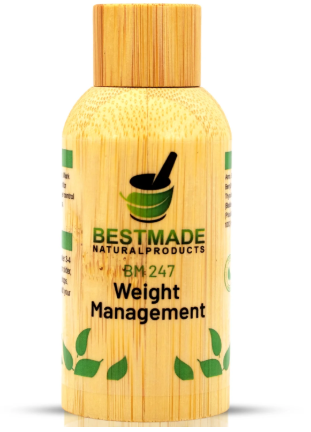
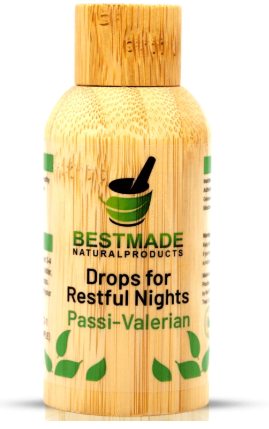
Dejar un comentario